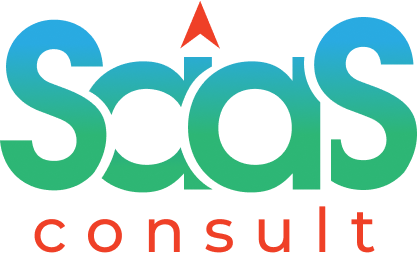In the fast-paced world of Software-as-a-Service (SaaS), effective advertising is the key to attracting and retaining customers. However, with an ever-growing number of competitors vying for attention, optimizing your SaaS ads has become crucial to stand out from the crowd. One powerful approach to achieving advertising success is by leveraging Go-to-Market (GTM) strategies. In this comprehensive guide, we will explore the key GTM strategies to optimize your SaaS ads and boost conversions for sustainable growth.
Understanding GTM Strategies for SaaS Ads
Before delving into the strategies, let’s understand what Go-to-Market strategies entail in the context of SaaS advertising. GTM strategies encompass a series of well-planned and coordinated activities aimed at launching and promoting a product to the target audience effectively. In the case of SaaS ads, GTM strategies focus on aligning your advertising efforts with the unique value proposition of your product and the specific needs of your target audience.
Step 1: Defining Your Target Audience
Customer Segmentation: The first step in optimizing your SaaS ads is to define and segment your target audience. Identify the demographics, preferences, and pain points of your potential customers to create targeted and personalized ad campaigns.
Buyer Personas: Develop detailed buyer personas to gain deeper insights into the motivations and challenges of your ideal customers. By understanding their goals, you can tailor your ad messaging to resonate with them effectively.
Step 2: Crafting Compelling Ad Messaging
Clear Value Proposition: Your SaaS ads should communicate a clear and compelling value proposition that highlights the unique benefits of your product. Focus on how your SaaS solution addresses the pain points of your target audience.
Strong Call-to-Action (CTA): Incorporate a persuasive and action-oriented CTA that encourages viewers to take the next step, such as signing up for a free trial or requesting more information. A well-crafted CTA can significantly improve ad conversions.
Step 3: Leveraging Ad Formats and Platforms
Diversified Ad Formats: Experiment with various ad formats, such as display ads, video ads, and interactive ads. Different formats appeal to different audiences and can enhance engagement with your ads.
Social Media Advertising: Utilize popular social media platforms, such as Facebook, LinkedIn, and Twitter, to reach a broader audience and target specific demographics and interests. Social media ads offer precise targeting capabilities for effective ad delivery.
Search Engine Advertising: Embrace pay-per-click (PPC) advertising on search engines like Google and Bing. These platforms allow you to display your ads to users actively searching for SaaS solutions, resulting in highly relevant leads.
Step 4: Implementing A/B Testing
A/B Testing Benefits: Conduct A/B tests with different ad variations to compare their performance. Test different headlines, visuals, ad copy, and CTAs to identify the most effective combination that resonates with your audience.
Continuous Refinement: Based on the insights gained from A/B testing, continuously refine and optimize your ads to enhance their impact. Small tweaks to ad elements can lead to significant improvements in conversions.
Step 5: Utilizing Remarketing and Retargeting
Remarketing Strategies: Reach out to users who have previously interacted with your website or app through remarketing campaigns. By keeping your brand top-of-mind, you can re-engage potential customers and encourage them to return and convert.
Retargeting Campaigns: Implement retargeting campaigns to display personalized ads to users who abandoned their shopping carts or did not complete desired actions. Retargeting is a powerful way to rekindle interest and nudge potential customers towards conversion.
Step 6: Monitoring and Analyzing Ad Performance
Key Performance Indicators (KPIs): Define relevant KPIs such as click-through rates, conversion rates, cost-per-acquisition (CPA), and return on ad spend (ROAS). Regularly monitor these metrics to gauge the effectiveness of your ad campaigns.
Data-Driven Decisions: Analyze ad performance data to make data-driven decisions. Identify successful ad elements and allocate budget accordingly to optimize your ad strategy.
Step 7: Scaling and Expanding Your Ad Campaigns
Scaling Successful Campaigns: Once you identify high-performing ad campaigns, consider increasing their budget to capitalize on their success. Scaling successful campaigns can lead to higher returns on your advertising investments.
Expanding Targeting: Explore new audience segments and geographic regions to tap into untapped markets. Expanding your targeting can help you reach new customers and drive business growth.
Optimizing SaaS ads with GTM strategies is a journey of continuous improvement and refinement. By understanding your target audience, crafting compelling ad messaging, leveraging diverse ad formats and platforms, implementing A/B testing, and utilizing remarketing and retargeting, your SaaS company can boost ad conversions and achieve sustainable growth. Regularly monitor ad performance, make data-driven decisions, and scale successful campaigns to stay ahead in the dynamic world of SaaS advertising. With a well-crafted GTM strategy, your SaaS ads can become powerful tools for attracting and retaining loyal customers.

